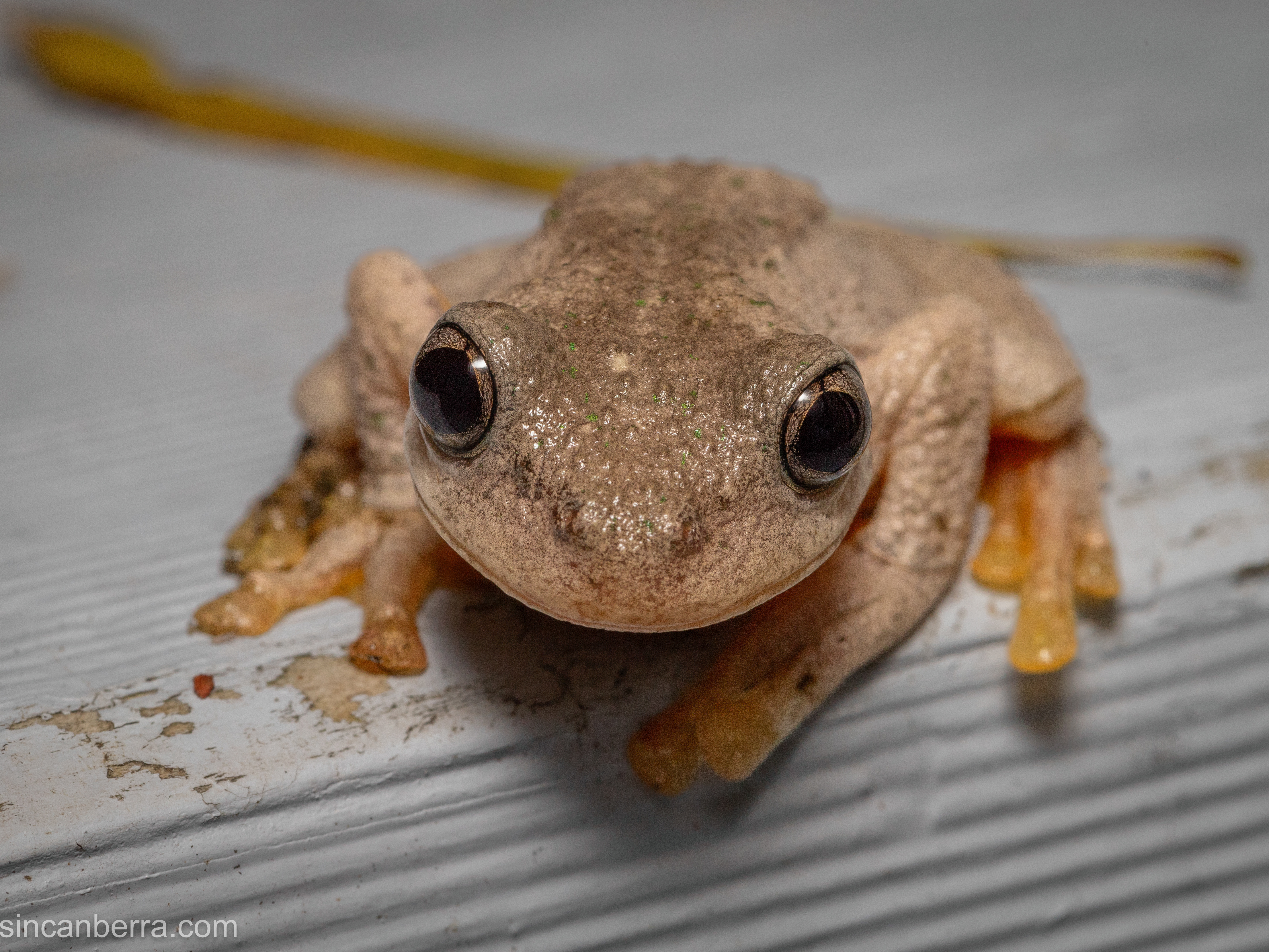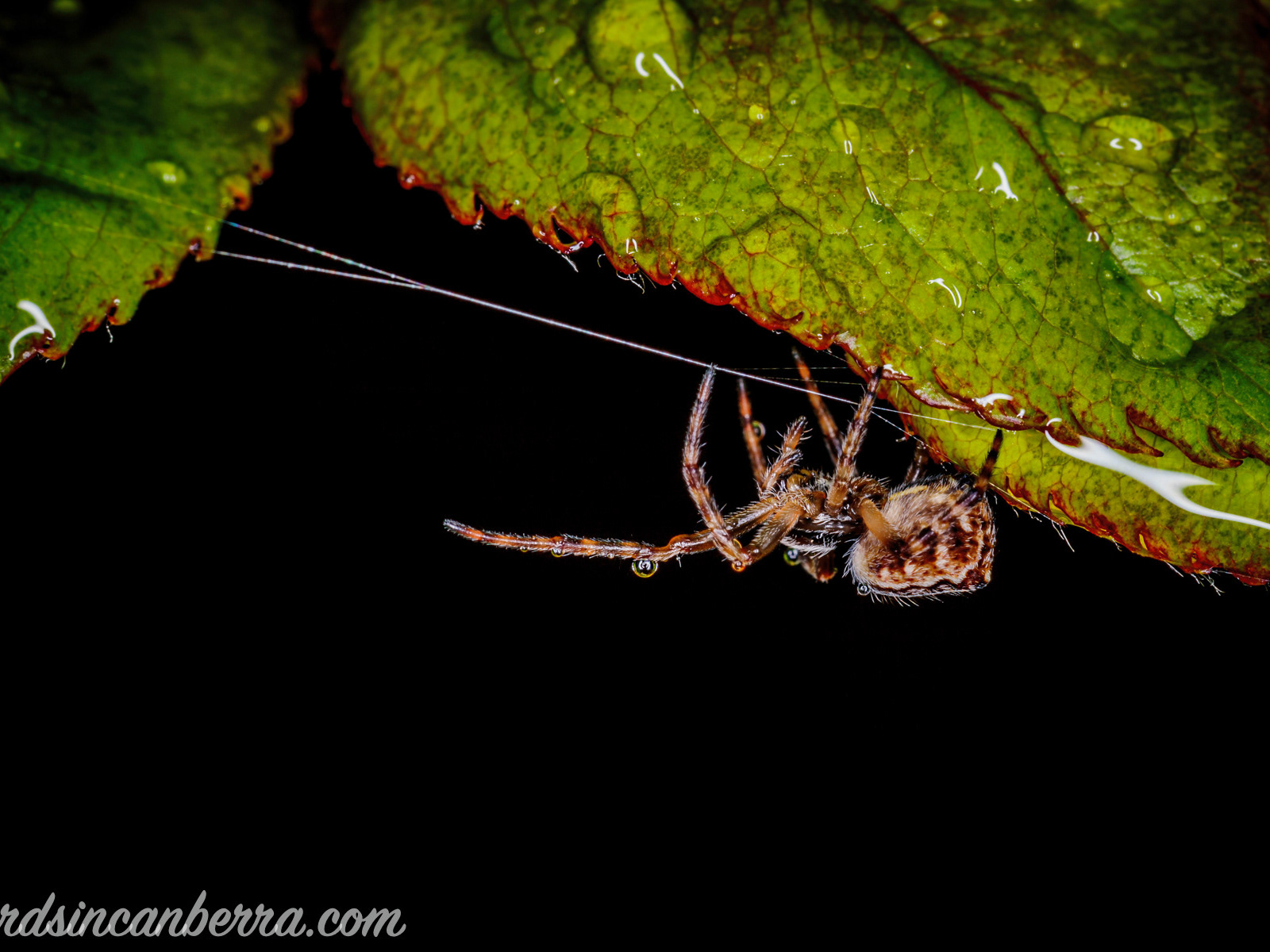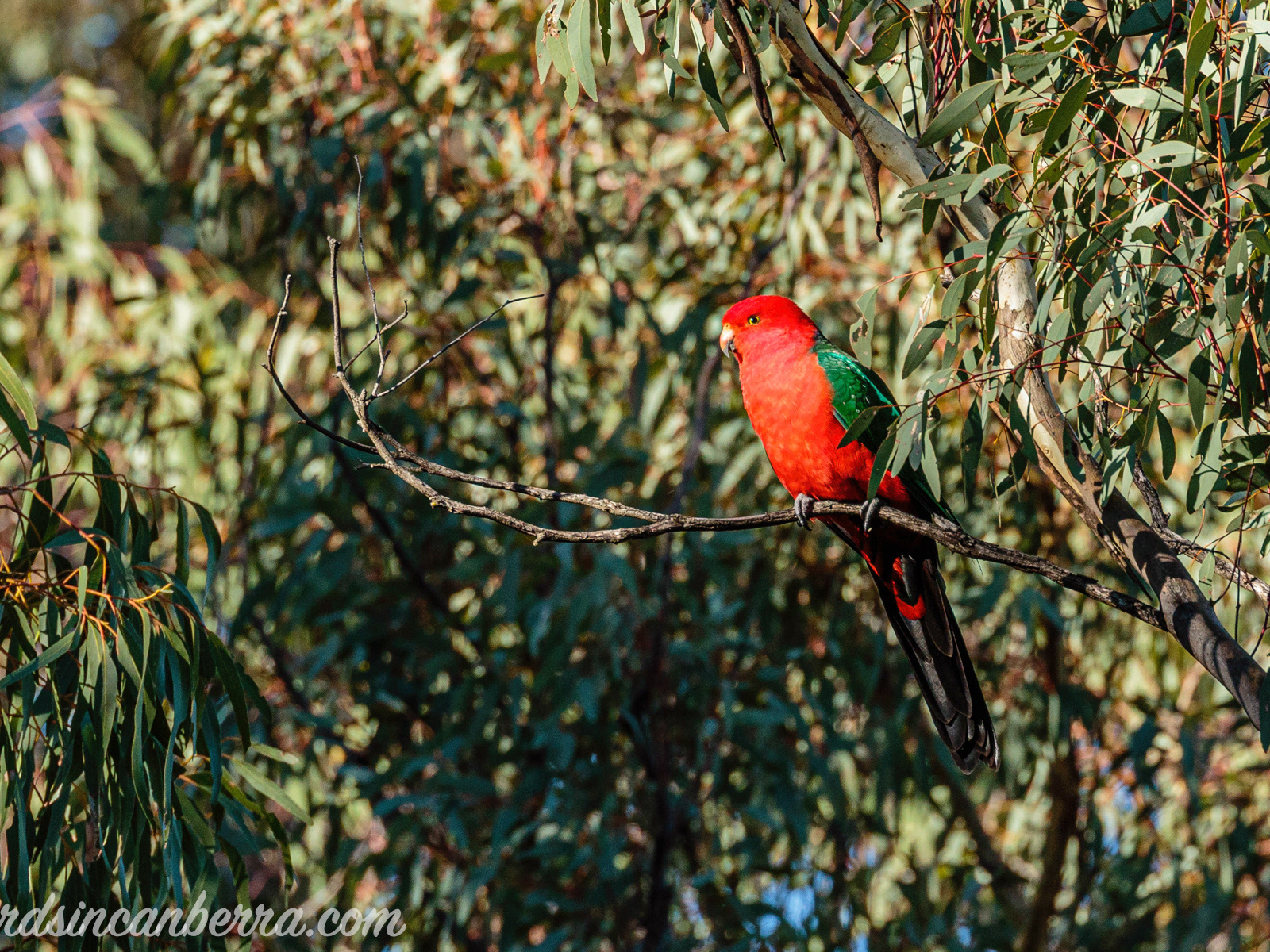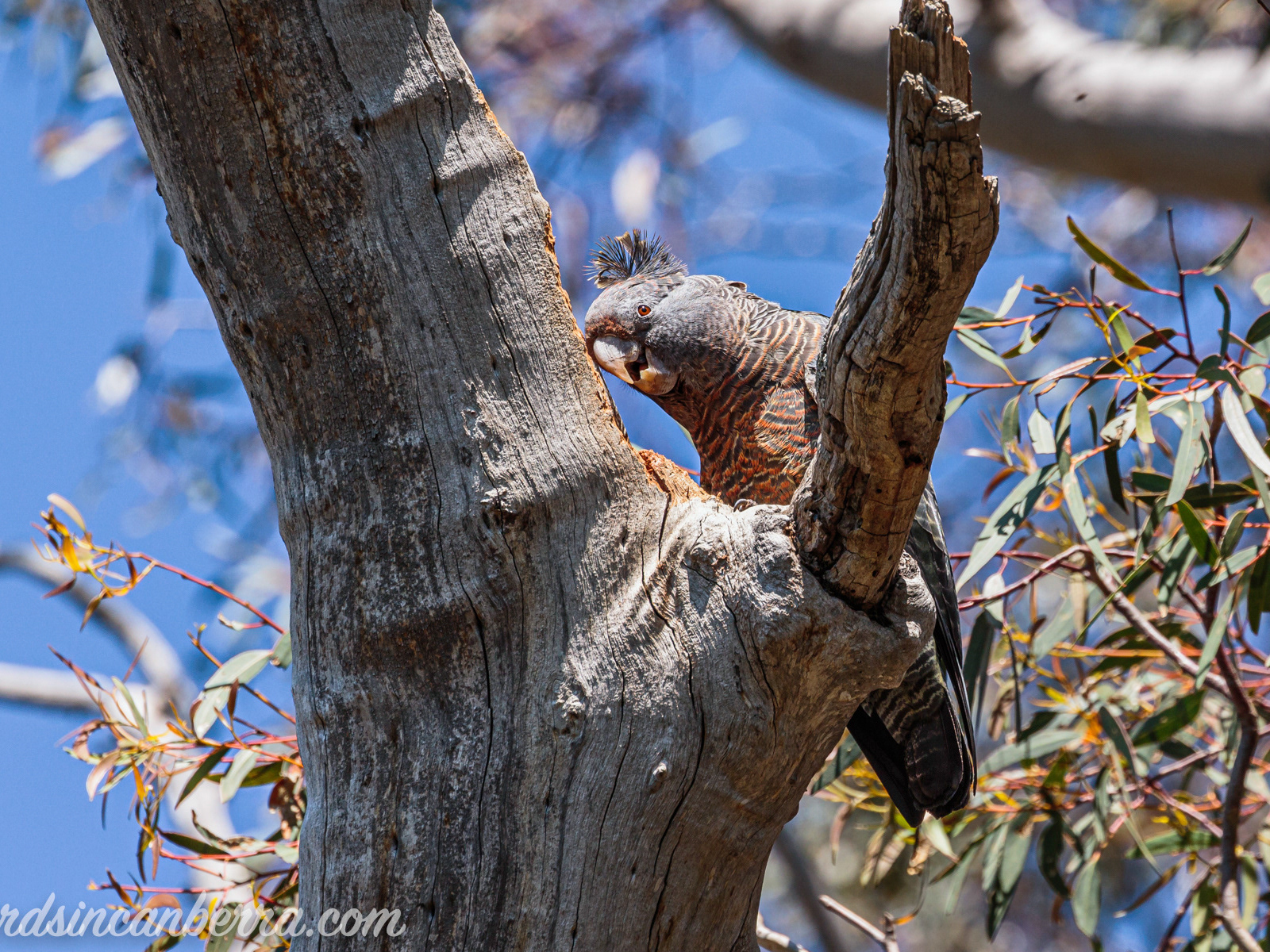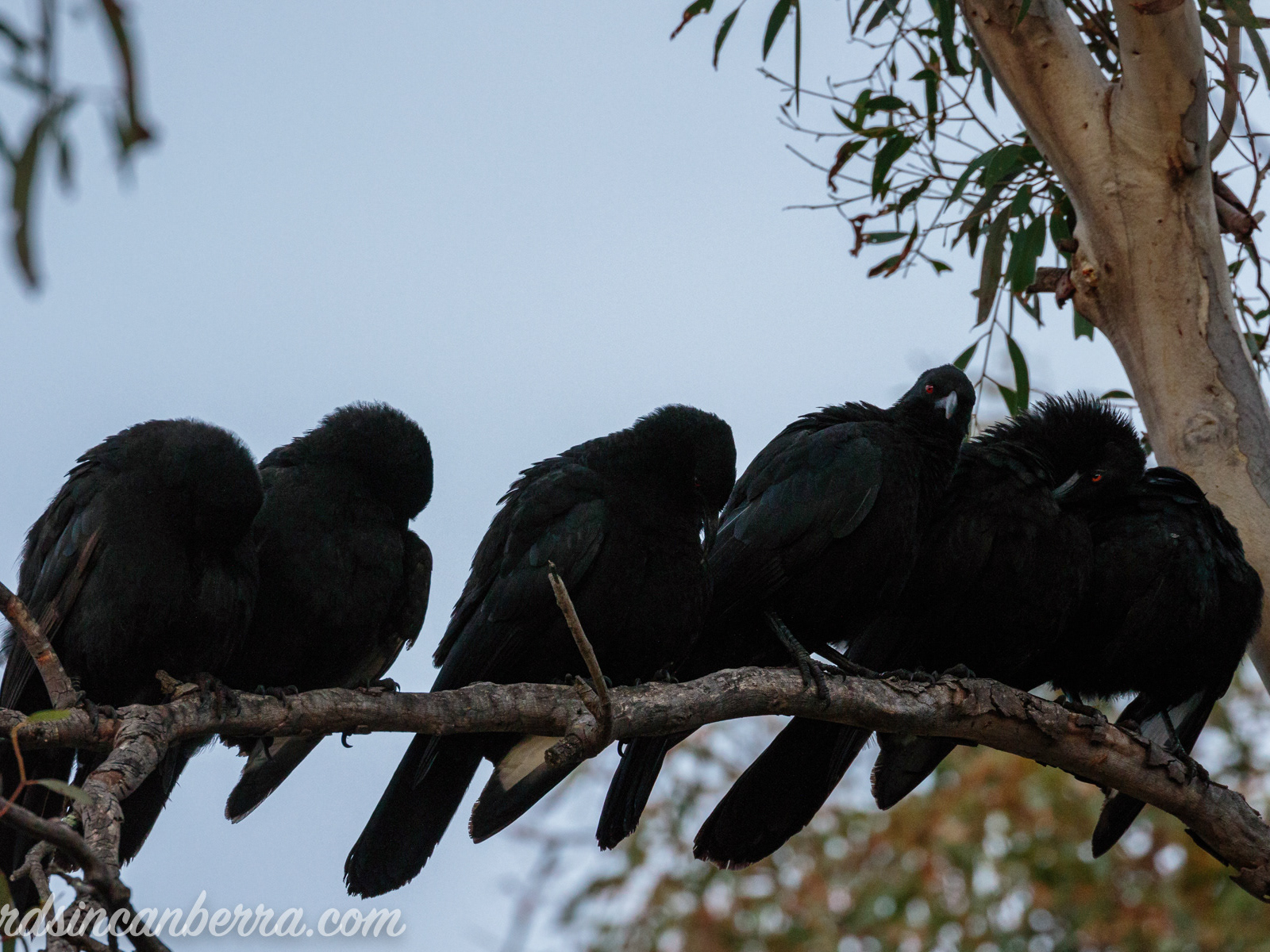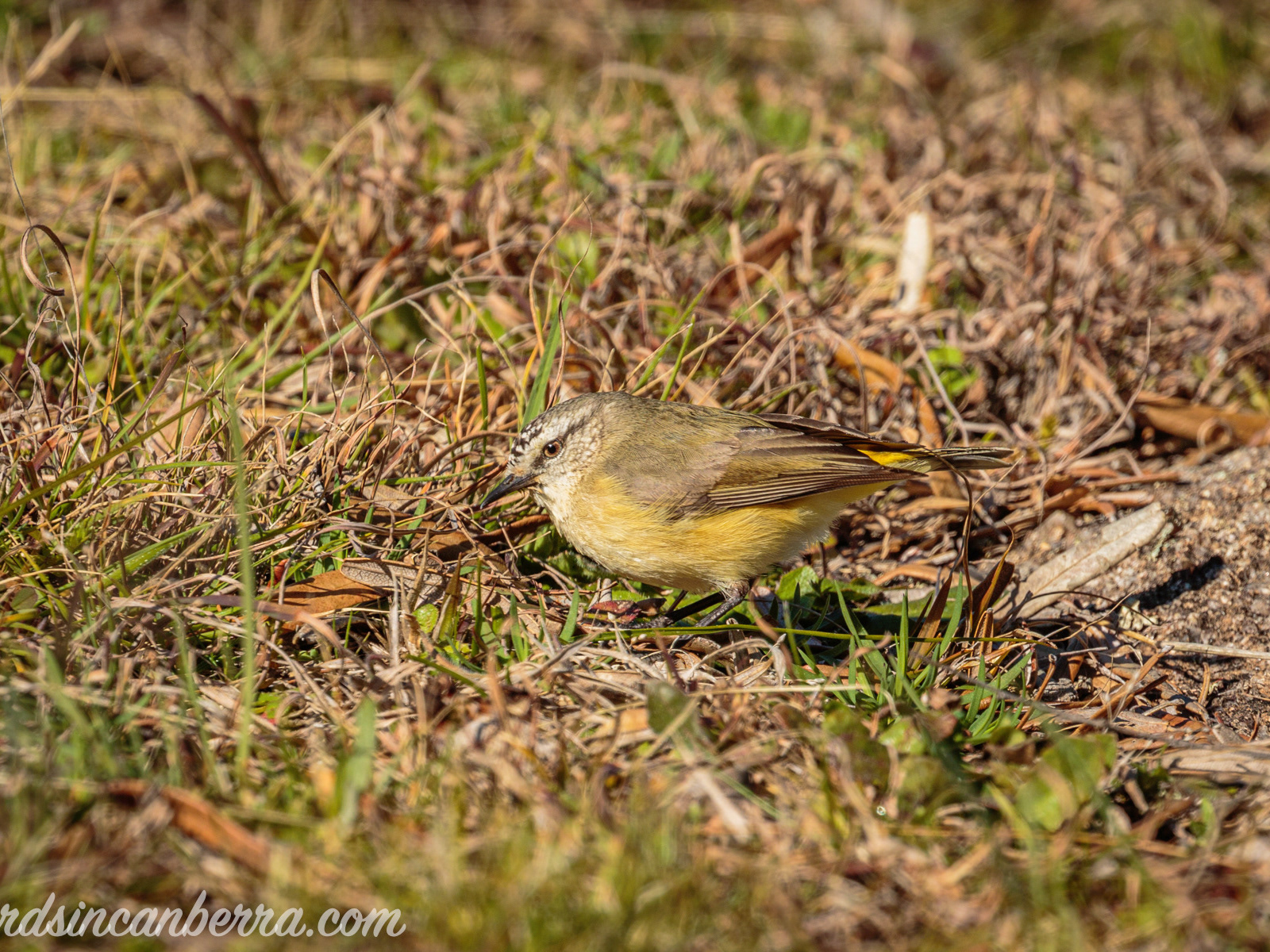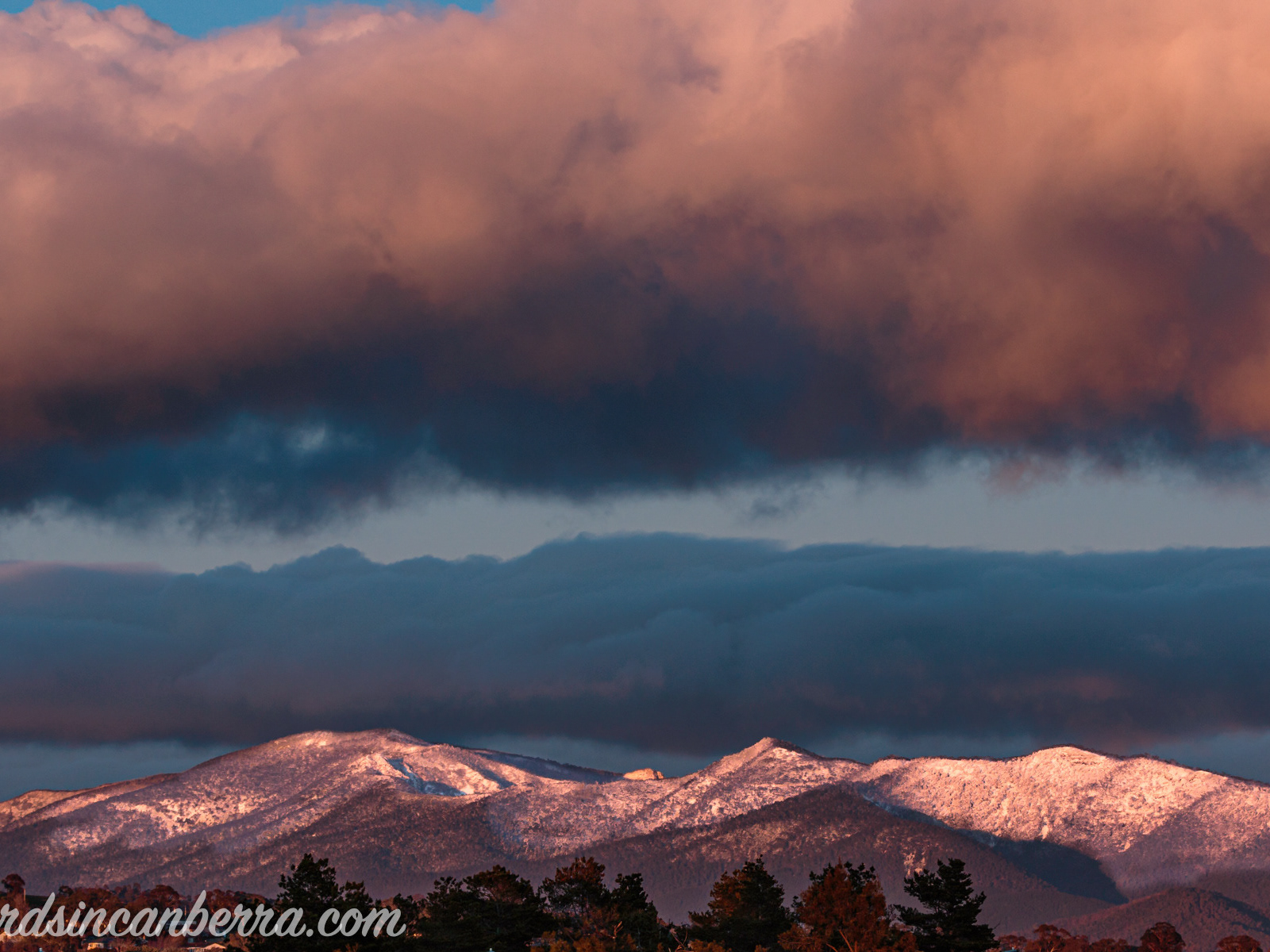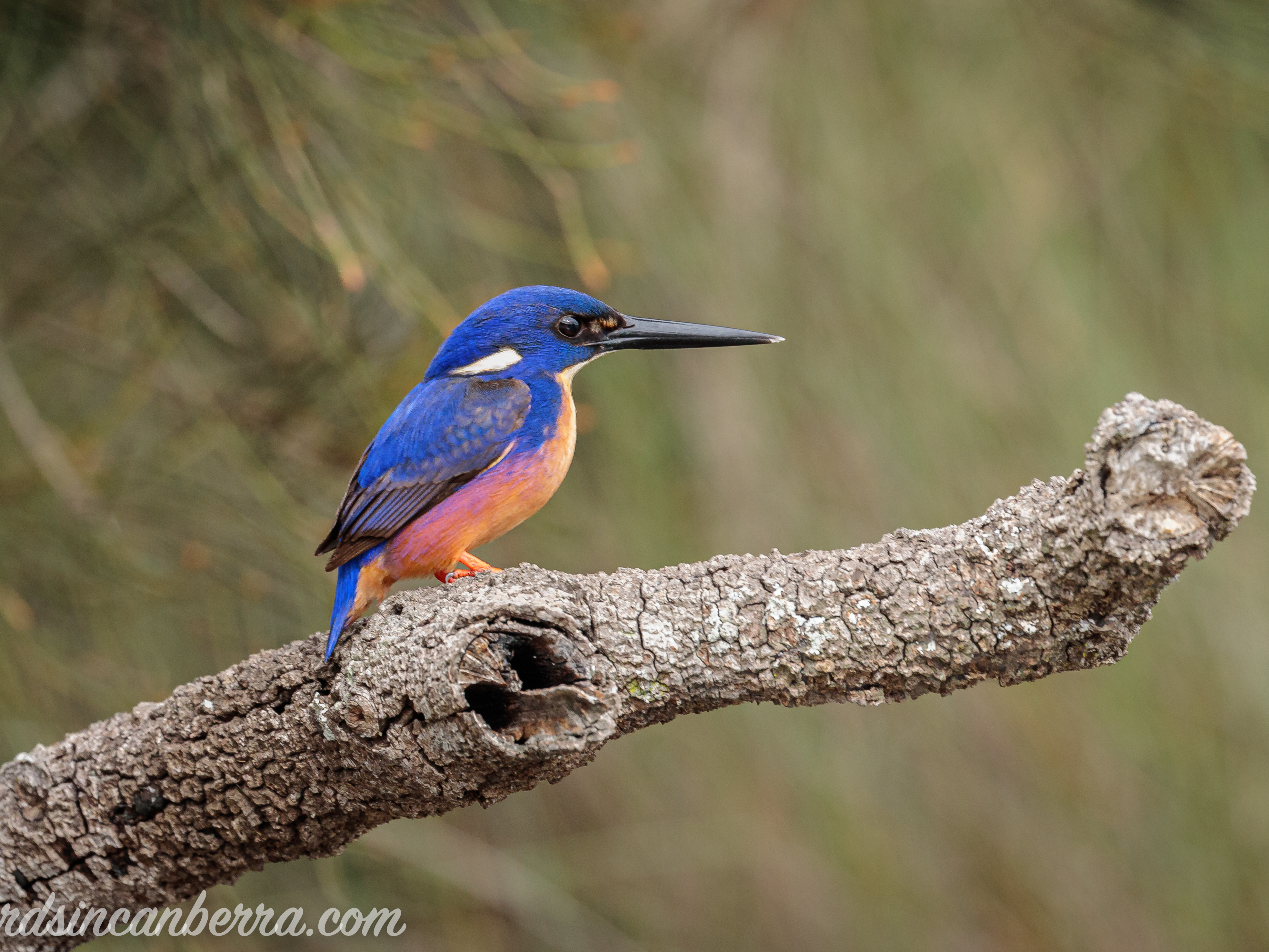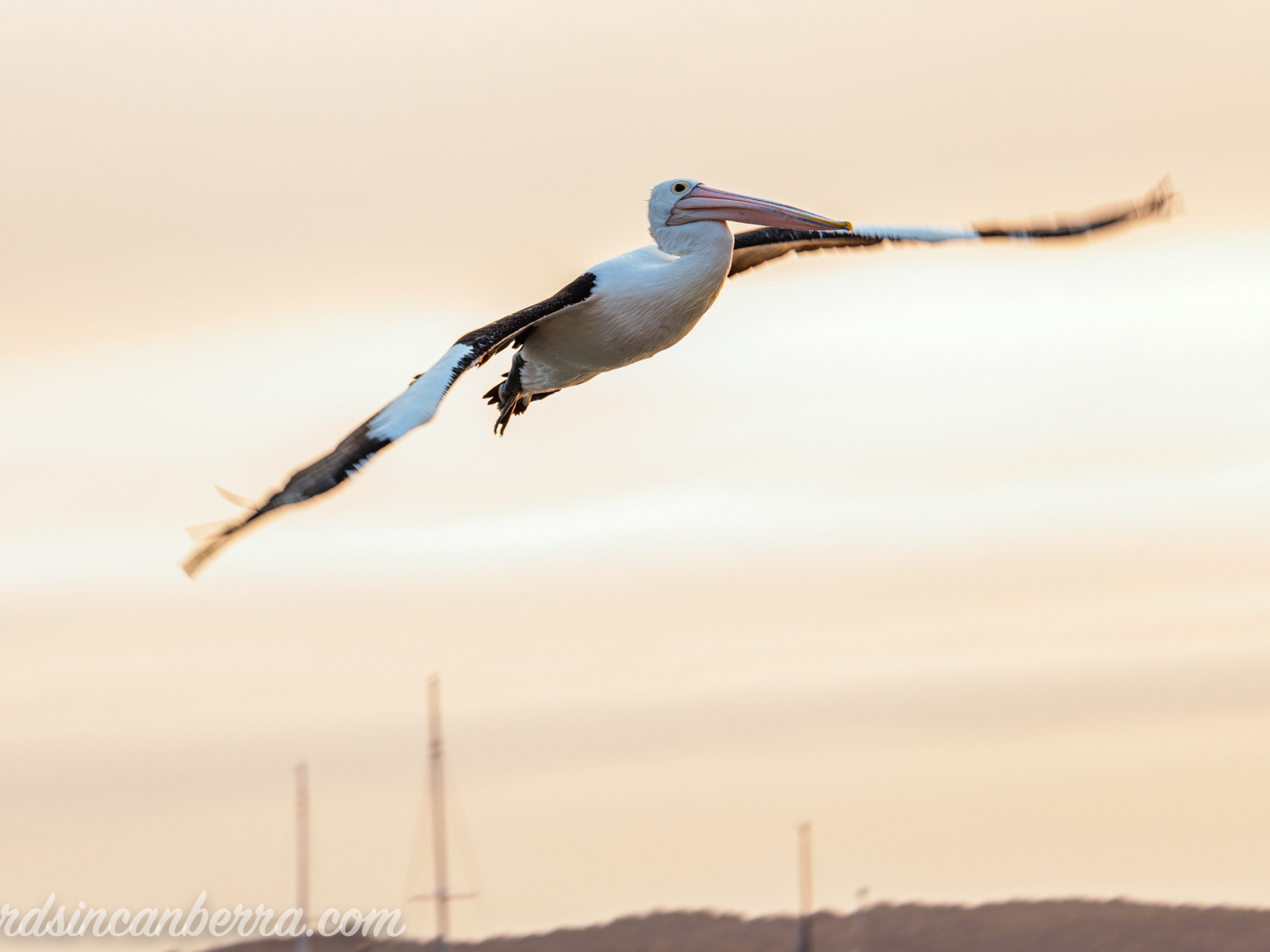Australian Pelicans are stunning big birds with an appearance that is unmistakable. Since starting to photograph them I have really noticed the colours in their famously large bills. In the breeding season the colours change and become even more saturated, creating a rich palette on the birds bill. While I was photographing on an exposed sand flat at Narooma in June a lone pelican was resting there. I was able to approach it with the sun almost directly behind me. The bird was regularly looking at the other activities happening around it and I was lucky enough that it turned its head so that the sun caught the length of the richly-hued bill. It was one of my favourite shots of these truly wonderful birds. I had a marvellous time wandering around on the sand flats and I hope that you like the photographs below.
More of this story is on my blog at https://bit.ly/Narooma_in_June
Australian Pelican with breeding face colouring resting on the sand flat
(Canon EOS 6D Mk II with a Canon EF100-400mm f4.5-5.6L IS II USM [ISO 100, 400mm, f/9.0 and 1/400 SEC])
Wooden pole sticking out of the sand flat
(Canon EOS 6D Mk II with a Canon EF100-400mm f4.5-5.6L IS II USM [ISO 200, 105mm, f/9.0 and 1/400 SEC])
Black Swans wading through shallow water
(Canon EOS 6D Mk II with a Canon EF100-400mm f4.5-5.6L IS II USM [ISO 320, 400mm, f/9.0 and 1/500 SEC])
Black Swan droppings coloured by the local purple seaweed
(Canon EOS 6D Mk II with a Canon EF100-400mm f4.5-5.6L IS II USM [ISO 320, 400mm, f/9.0 and 1/500 SEC])
Grey Teals feeding on seaweed
(Canon EOS 6D Mk II with a Canon EF100-400mm f4.5-5.6L IS II USM [ISO 400, 400mm, f/9.0 and 1/500 SEC])
Pied Oystercatcher looking for food
(Canon EOS 6D Mk II with a Canon EF100-400mm f4.5-5.6L IS II USM [ISO 250, 400mm, f/9.0 and 1/500 SEC])
Sooty Oystercatcher on a rock
(Canon EOS 6D Mk II with a Canon EF100-400mm f4.5-5.6L IS II USM [ISO 400, 400mm, f/8.0 and 1/500 SEC])
White-faced Heron on the sand flats
(Canon EOS 6D Mk II with a Canon EF100-400mm f4.5-5.6L IS II USM [ISO 250, 400mm, f/9.0 and 1/640 SEC])
Masked Lapwing
(Canon EOS 6D Mk II with a Canon EF100-400mm f4.5-5.6L IS II USM [ISO 100, 400mm, f/9.0 and 1/400 SEC])
Australian Pelican with breeding colouration around the bill
(Canon EOS 6D Mk II with a Canon EF100-400mm f4.5-5.6L IS II USM [ISO 100, 400mm, f/9.0 and 1/400 SEC])
Australian Pelican on the same day but without the breeding colouring
(Canon EOS 6D Mk II with a Canon EF100-400mm f4.5-5.6L IS II USM [ISO 100, 400mm, f/9.0 and 1/400 SEC])
Willie Wagtail surveying things from a rock
(Canon EOS 6D Mk II with a Canon EF100-400mm f4.5-5.6L IS II USM [ISO 400, 400mm, f/9.0 and 1/500 SEC])
The first Australian Fur Seal, which swam up to me
(Canon EOS 6D Mk II with a Canon EF100-400mm f4.5-5.6L IS II USM [ISO 640, 400mm, f/9.0 and 1/400 SEC])
The second Australian Fur seal, which was enjoying the warm footpath
(Canon EOS 6D Mk II with a Canon EF100-400mm f4.5-5.6L IS II USM [ISO 640, 400mm, f/9.0 and 1/400 SEC])
In looking at the different species of birds it was interesting to see that none of them were contesting territory with the other species. The birds predominantly fed on different parts of the food chain, and there was plenty of food to go around, probably meaning there was not much for contesting space. The absence of squabbling brought a sense of calm to the scene I observed on the sand flat that morning. Being alone on the sand flat with birds going about their lives was a beautifully peaceful way to refresh myself and be reminded of a slower way to go about life.
Thanks for reading this post and thanks also for looking at my photos. I hope you come back again to read more about some of the wonderful natural things that the south coast of New South Wales has on offer. All the best until the next post.
